Description
Not a Palm, But a Succulent from a Far-Flung Island
Unique and exotic, like the island nation it comes from, the Madagascar Palm is a succulent that does indeed resemble like a palm. Use care when deciding where to plant, as the Madagascar’s spines are extremely sharp. Ideal locations are away from walkways, kids and pets.
The top of the Madagascar blooms with white flowers in the summer. After blooming, new heads may form and cause the plant to branch out. Many Madagascars develop a swollen trunk over time, adding to the succulent’s unusual appearance. A moderate grower, the plant can reach up to 10 ft. outdoors. It prefers full sun, minimal water and sandy soil. And, it’s moderately cold and salt tolerant. Indoors, make sure to place the Madagascar in maximum light, by a south or west facing window.
Caring for your Madagascar Palm
Caring for a Madagascar Palm (Pachypodium lamerei) involves providing the right growing conditions, proper watering, adequate sunlight, and occasional fertilization. This unique succulent, native to the island of Madagascar, requires specific care to thrive. Here’s a detailed guide on how to care for your Madagascar Palm:
Light
Madagascar Palms thrive in bright, direct sunlight. Place your plant near a south-facing window or in a location where it can receive at least 6 to 8 hours of sunlight per day. Insufficient light can cause the plant to become lanky and weak. However, be cautious of intense, scorching sunlight during the hottest parts of the day, as this can damage the leaves. If necessary, you can provide light shade during the hottest months to protect the plant.
Temperature
These palms prefer warm temperatures between 70°F and 90°F (21°C to 32°C) during the day and slightly cooler temperatures around 60°F to 65°F (15°C to 18°C) at night. They are sensitive to cold and cannot tolerate frost or temperatures below 50°F (10°C). If you live in a region with cold winters, it’s best to keep your Madagascar Palm indoors or in a greenhouse.
Soil
The Madagascar Palm thrives in well-draining soil. A mixture of cactus soil, sand, and perlite works well. Ensure the pot has drainage holes to prevent waterlogging, as excessive moisture can lead to root rot.
Water
Madagascar Palms are adapted to survive in arid conditions, so they are drought-tolerant. It’s important to let the soil dry out between waterings to avoid overwatering. Water your plant thoroughly but infrequently. Allow the soil to dry out at least 2 inches (5 cm) deep before watering again. During the winter months or when the plant is in a dormant phase, reduce watering frequency even further. Overwatering can cause root rot and other issues, so it’s better to err on the side of underwatering.
Fertilization
During the growing season, which typically occurs in spring and summer, you can fertilize your Madagascar Palm every 4 to 6 weeks. Use a balanced, water-soluble fertilizer specifically formulated for succulents or cacti. Dilute the fertilizer to half or a quarter of the recommended strength to avoid overfertilization, as excessive nutrients can harm the plant. Reduce or cease fertilization during the winter months or when the plant is dormant.
Pruning
Madagascar Palms generally require minimal pruning. However, you can remove any dead or damaged leaves to maintain a tidy appearance. Be cautious when handling the plant, as its spines can be sharp and prickly.
Repotting
Young Madagascar Palms may need to be repotted every 2 to 3 years to accommodate their growth. Select a pot that is slightly larger than the current one, using well-draining soil. When repotting, be careful not to damage the plant’s delicate roots. It’s best to repot during the growing season to minimize stress on the plant.
Propagation
Propagating Madagascar Palms can be challenging, but it is possible. The most common method is through stem cuttings. Take a stem cutting from a healthy, mature plant and allow it to dry for a few days. Then, plant the cutting in a well-draining potting mix and keep it slightly moist until new roots form.

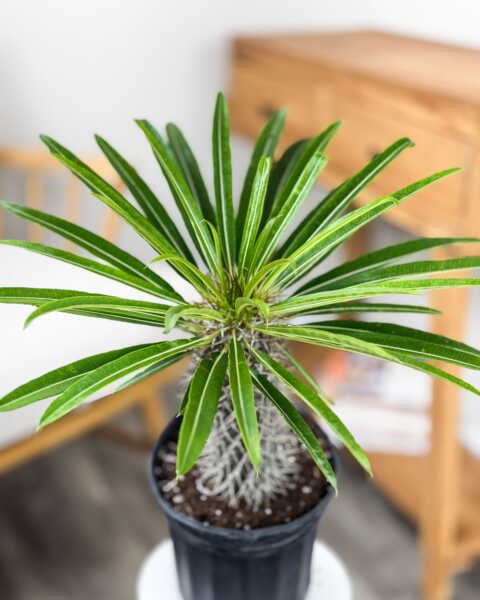
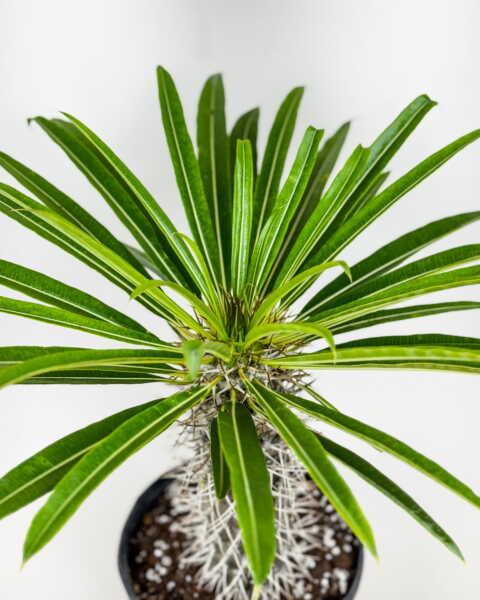
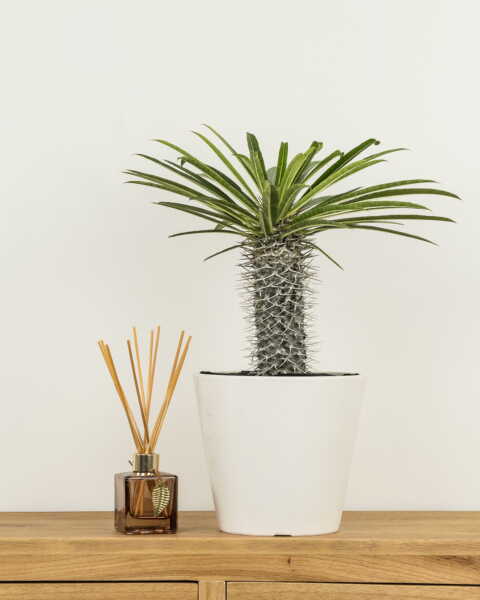

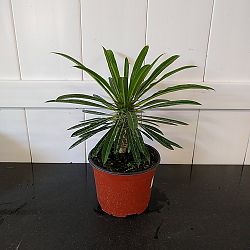
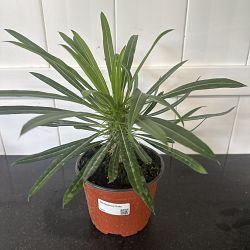




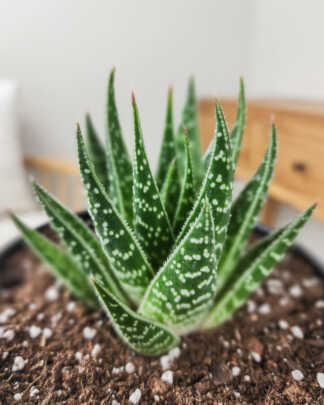
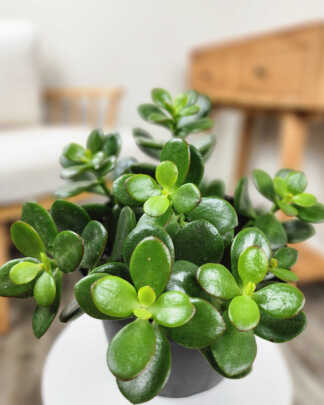

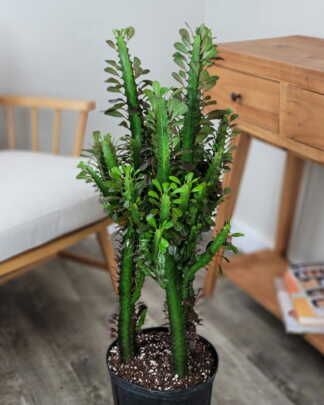



Irwin Noval –
How many inches does your 3 foot Lamerei grow per year?
Tonya-Sue Hall (verified owner) –
I returned to Plantvine because I received an email ad and decided to take a look. I see my comments below with a reply from Haley. My plant never recovered. It died. I have pics if you’d like to see it. I was and am devastated. I’d like to try again, what can you offer me?
Sandra Bowman (verified owner) –
Love my new favorite cactus
Katie L. (verified owner) –
It took a bit to ship my little madagascar, but once it shipped it got here super quick and was exactly as pictured! No shock from the shipping/losing leafs or wilting, it looked perfect and was packaged very well and carefully.
John Flowers (verified owner) –
Odaliz Lopez (verified owner) –
Beautiful and unexpectedly big well packed and thanks for the sharp warning on the packaging
Cathy Heidenescher –
I have a Madagascar Palm that I am sure is at least 16 years old.Outside in the summer, and indoors in the winter. It is 8 feet tall and has bloomed white flowers the last 3 years! It is my pride and joy!
Gretell (verified owner) –
Beautiful plant
James (verified owner) –
Chris –
That’s great!! Thanks!
Chris –
Hello – I’d like to purchase a Madagascar Palm. What is the size of the PLANT for the large and extra large pot sizes? Thanks
Tonya-Sue Hall (verified owner) –
Thanks Haley!
Tonya-Sue Hall (verified owner) –
My Madagascar Palm all of a sudden lost all of its leaves.
What could be the reason for this? Any advice welcome.